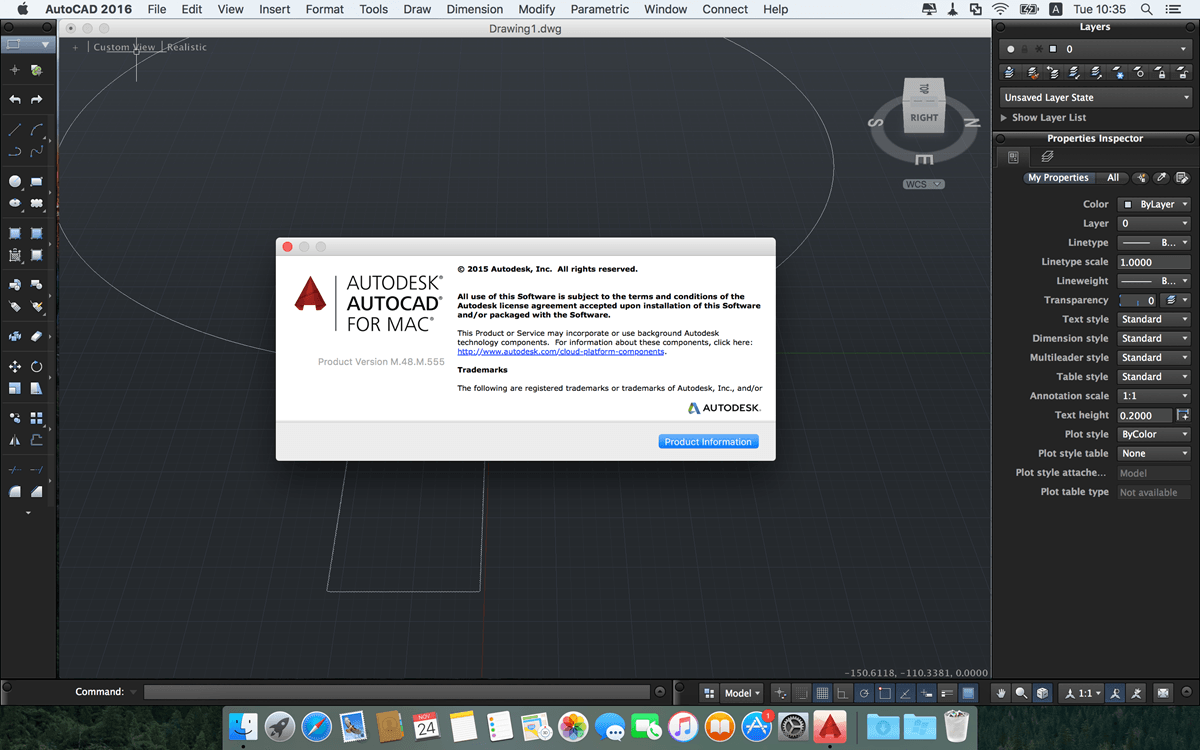
Make the Defpoints layer current, If it does not exist, create it and make it the current layer. Start a new drawing then draw the breakline symbol. Those point objects determine the placement of the symbol and how the line will be broken. Make sure that the drawing contains two point objects that have been created on the Defpoints layer. You can create your own block for the breakline symbol by creating a drawing in the AutoCAD Express folder. Size – Determines the size of the breakline symbol.Įxtension – Determines the length of the line extension beyond selected points. The default block is defined by brkline.dwg. You have the following options:īlock – Determines the block to be used as the breakline symbol. You can control the relative size and appearance of the breakline symbol and the extension of the polyline beyond the selected start and end points. You can specify two points and the location of the breakline symbol between them. BreaklineīREAKLINE will create a polyline and will insert the breakline symbol. The individual objects can now be modified separately. Note that “superhatch” appears in the description field for groups created by SUPERHATCH. Make sure that the Include Unnamed check box is selected. Start the group command, (Command: GROUP). If you want to modify a single object that is part of a superhatch, you can use the GROUP command to turn off the selection of the group as follows: Superhatch objects are glued together using unnamed groups. Conversely, entering a very small value results in smooth hatching along arcs but places more of a processing burden during regeneration of a drawing. SUPERHATCH lets you control the precision with which it traverses arc segments by allowing you to specify the maximum distance between the midpoint of any given segment and the arc.Įntering a large error value results in fewer segments and faster performance but arcs appear less smooth.
Autocad for mac display fractions series#
SUPERHATCH makes hatching to curved boundaries possible by traversing arc segments with a series of short straight segments. Use 3D blocks as hatch patterns to place repeating items such as bricks, roof tiles, or fence fills in 3D drawings. You can use hatch images on surfaces to get a rendered effect. You can use the Block option to create hatch patterns on-the-fly, you can create blocks with different layers, colors and linetypes to create hatch patterns that react to layer states and plot with a variety of line weights. Select Existing – Selects an existing image, block, Xref or wipeout object for the superhatch pattern.Ĭurve Error Tolerance – Specifies the error tolerance for the vector approximation of curved superhatch boundaries. Wipeout – Uses a wipeout object for the superhatch pattern. Xref Attach – Opens the Xref File Name dialog box for specifying an Xref file for the superhatch pattern. Image – Opens the Attach Image dialog box for specifying the image for the superhatch pattern.īlock – Opens a dialog box for specifying the block for the superhatch pattern. The SUPERHATCH dialog box provides several options:

SUPERHATCH is similar to the hatch command but it allows you to use an image, block, Xref, or WIPEOUT as a hatch pattern. Personally, I like using Express Tools so I thought I’d write about some of my favorites.

You can also access Express Tools using corresponding commands. You can access most of the Autodesk Express Tools from the Express Tools tab on the ribbon.
Autocad for mac display fractions install#
You can install the Express Tools during the initial product installation or you can add them later using Add or Remove Programs in the Control Panel. Autodesk does not assume any responsibility for their successful operation. These tools are provided as a courtesy to you but are unsupported.

AutoCAD Express Tools is a collection of productivity tools that extend the power of AutoCAD.


 0 kommentar(er)
0 kommentar(er)
